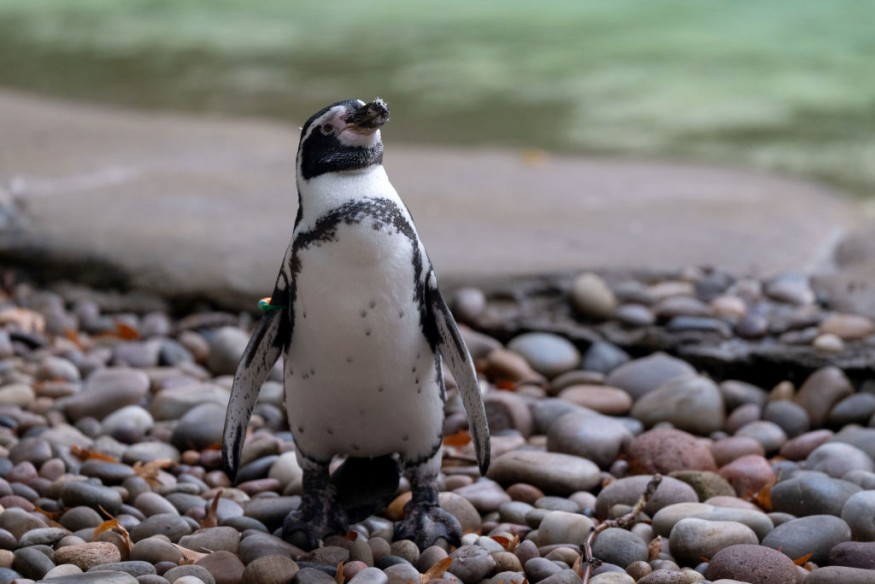A new study underscores the critical role of seasonal Antarctic sea ice in the annual molting periods of Adélie penguins.
Adélie penguins rely on sea ice throughout their annual cycle, but they may encounter very difficult conditions during their annual molt, a 19-day period during which they replace all of their feathers.
Despite the relatively substantial amount of sea ice remaining in the Ross Sea, researchers have uncovered a potential bottleneck in the penguins' annual cycle, which could be exacerbated as climate change continues.
Molting Period for Penguins

Unlike most penguin species, the majority of Adélie penguins are assumed to molt on sea ice, away from breeding colonies, making this phase difficult to observe.
A study published in the Proceedings of the National Academy of Sciences used data from geolocating dive recorders deployed year-round on 195 adult penguins in the Ross Sea from 2017 to 2019.
The data obtained allows the researchers to identify extended gaps in post-breeding diving activity, which indicate the molting period.
Two significant molting regions were identified using location data.
Satellite-based remote sensing data revealed that sea ice concentrations in the molting zones were noticeably low during the molting season over the last five years and have dropped in the principal molting area since 1980.
Another notable discovery was a positive link between yearly penguin return rates to breeding colonies and sea ice concentration in molting areas during the last 20 years; 2.4% to 4.8% fewer penguins returned for every 10% decrease in sea ice concentration in molting areas.
This highlights the possible issues that penguins may face as climate conditions change.
These findings also highlight the necessity of protecting critical sea ice habitats for the survival of this iconic species, as well as the need for ongoing research into the effects of changing sea ice conditions on Adélie penguin population dynamics.
"Understanding the intricate relationships between the environment, particularly sea ice, and all phases of the penguin's annual cycle is crucial, especially in the context of rapid climate change," said Dr. Annie Schmidt of Point Blue Conservation Science in Petaluma, California.
Warming Of Antarctica
The west coast of the Antarctic Peninsula has been one of the planet's fastest warming areas during the last 50 years.
This warming is not limited to the land; it is also visible in the Southern Ocean.
Since 1955, upper ocean temperatures to the west of the Antarctic Peninsula have grown by more than 1°C.
It has now been shown that the Antarctic Circumpolar Current is warming faster than the rest of the world's ocean.
Studying climate change in Antarctica is important because it enables scientists to predict more accurately future climate change and provide information to politicians and policymakers.
The warming of the Antarctic Peninsula is generating changes in Antarctica's physical and living environments.
The distribution of penguin colonies has shifted as sea ice conditions have altered. Plant colonization has increased due to the melting of perennial snow and ice covers.
© 2026 NatureWorldNews.com All rights reserved. Do not reproduce without permission.





